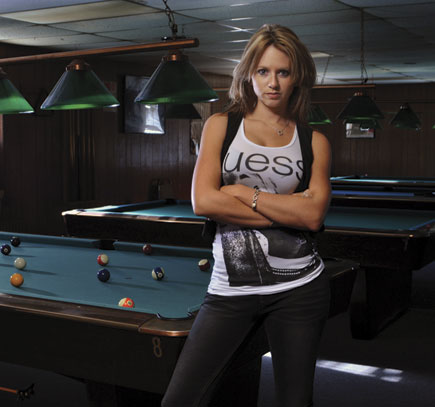I loved This Excellent Tips.
I'm a wedding photographer.
Calumet Genesis 300 B Monolight; Economical, Portable Flash Page 2
Performance
I did several test firings using a flash meter to test power output, repeatability, and recycle times. Let’s talk output first. The unit is listed as having stored energy of 300 watt seconds (ws). Watt seconds are a good comparative index of rating a unit’s power, and as long as the manufacturers don’t fib, a 1000 ws flash should have twice the power of a 500 ws flash. But what does that mean to you in everyday use?
Well, I still like to look at old-fashioned Guide Numbers (GN) when checking out flashes. According to Calumet, the GN for this unit is 140. I’m assuming this is at ISO 100. (The GN is determined by taking a flash meter reading at 10 feet at ISO 100 and multiplying the obtained f/stop by 10.) With no reflector on the unit, I found it to be close to that. With the supplied reflector, I found the GN to be 160, or f/16 at 10 feet at full power.
The digital read-out on the back goes from 10 to 60. Setting the unit at 10, the lowest power setting, gave me f/4 at 10 feet at ISO 100. Bumping the power up to 20, I got f/5.6—right on the button. Going to 30, I got f/8, and at 40 I got f/11. However, at power level 50 I got f/11 plus 3⁄10 with the battery and f/11 plus 6⁄10 on AC power. Then at 60, I got f/16 exactly with battery power but an additional 2⁄10 on AC. This told me two things. First, there may be a difference
of two to three tenths of a stop more power on AC as compared to the battery at full-power output. Second, the unit seems to deliver a one-stop difference from the 10 to 40 power settings but then there is one stop squeezed in between 40 and 60. This may not be much of an issue today where we view each image and then make adjustments to our lights, but it is something you should be aware of. You can’t just dial up or down 10 points at the top of the range to change exposure by one stop.
My only other issue with the light is that I wish the photocell was a little more sensitive, or have a sensitivity setting that could be raised. In the shoot in the poolroom, I fired the lights using a radio control on another light and sometimes the Genesis wouldn’t fire. I ended up tearing up a piece of a white paper plate and taping it to the light to reflect light into the cell.
 |
|
|
Conclusion
I know I’ve spent some time telling you about a few glitches I found with the Genesis 300 B (that’s my job!), but the truth is when it comes down to the final evaluation, I really like this light and find it to be a great value for the price. For less than the price of many top-end shoe-mount units ($399 with the battery) you get great power and flexibility that you can use in the studio or on location. It has plenty of power, an easily adjustable output range, is very light and rugged, and has a wide range of accessories available. That makes it very worthy of consideration from where I stand.
For specifications and more information, visit Calumet Photographic at: www.calumetphoto.com.
- Log in or register to post comments


































